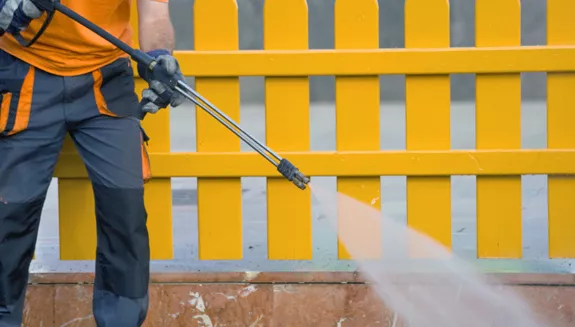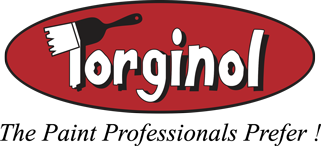IMPORTANCE OF PAINT SURFACE PREPARATION

You may have heard it be said that good surface preparation is an important part of a paint job. Well, this is very true but good preparation can mean different things to different people. Also, what can be considered good preparation for one type of surface may not be so good for another type.
Different types of surfaces (wood, plaster, metal, etc.) will require different paint preparation procedures. Furthermore, the preparation procedure for a given surface type at an interior of a home may be completely inappropriate for the same type of surface at a home’s exterior. Use a wrong procedure or product and you can wind up with a real mess on your hands
Coating performance is directly affected by surface preparation.
Coating integrity and service life will be reduced because of improperly prepared surfaces. As high as 80% of all coating failures can be directly attributed to inadequate surface preparation that affects coating adhesion. Selection and implementation of the proper surface preparation ensures coating adhesion to the substrate and prolongs the service life of the coating system.
The quality of surface preparation, and surface repair on new, or repaint surfaces, significantly affects the amount of preparatory work that will be required for all subsequent repaints. Surface preparation and surface repair are the most important requirements for maximum durability from any paint system. Because the results of surface preparation and repair are quickly concealed by the first coat of paint, the effects are not usually evident until premature paint failure occurs.
The first step should always be a thorough examination of the surface to be painted, checking for peeling and faded paint, dirt, chalking, grease, cracking, knots, bare areas, mildew, rust, nail stains and structural problems. All surfaces, whether painted or unpainted, must be clean, free from shine, sound and dry prior to finishing.
